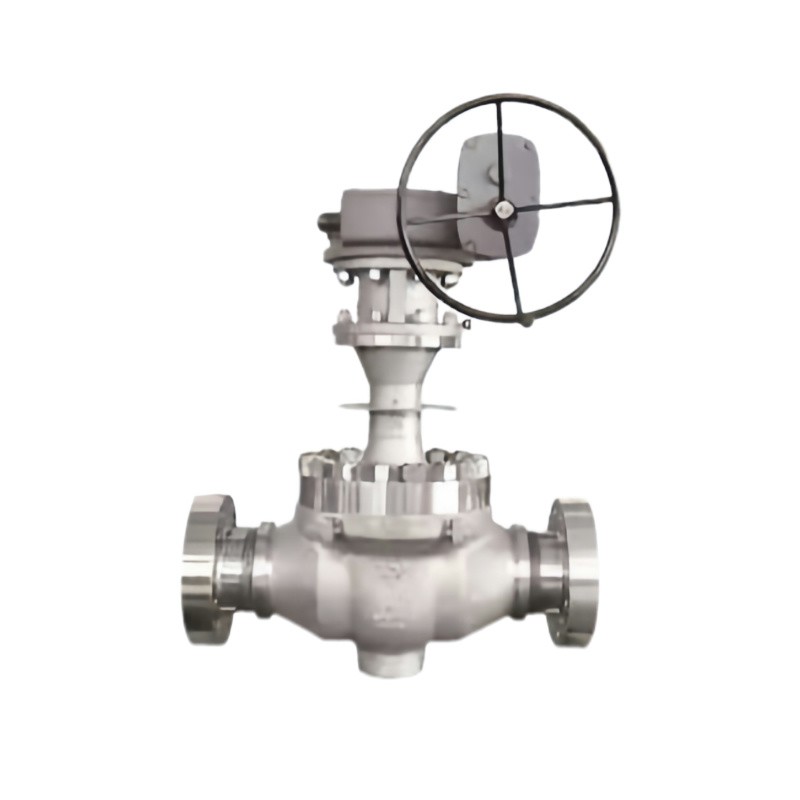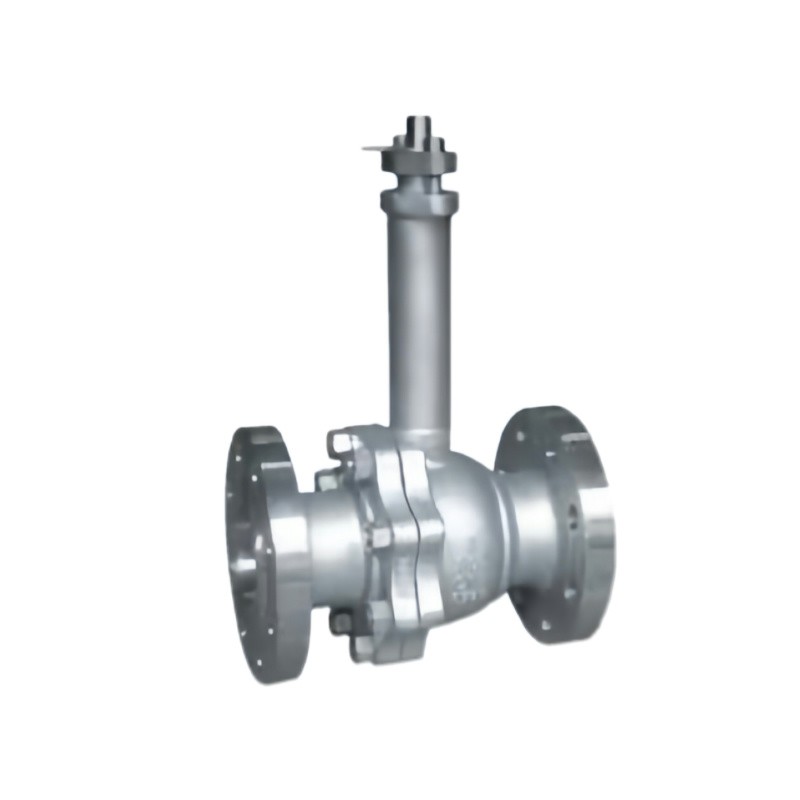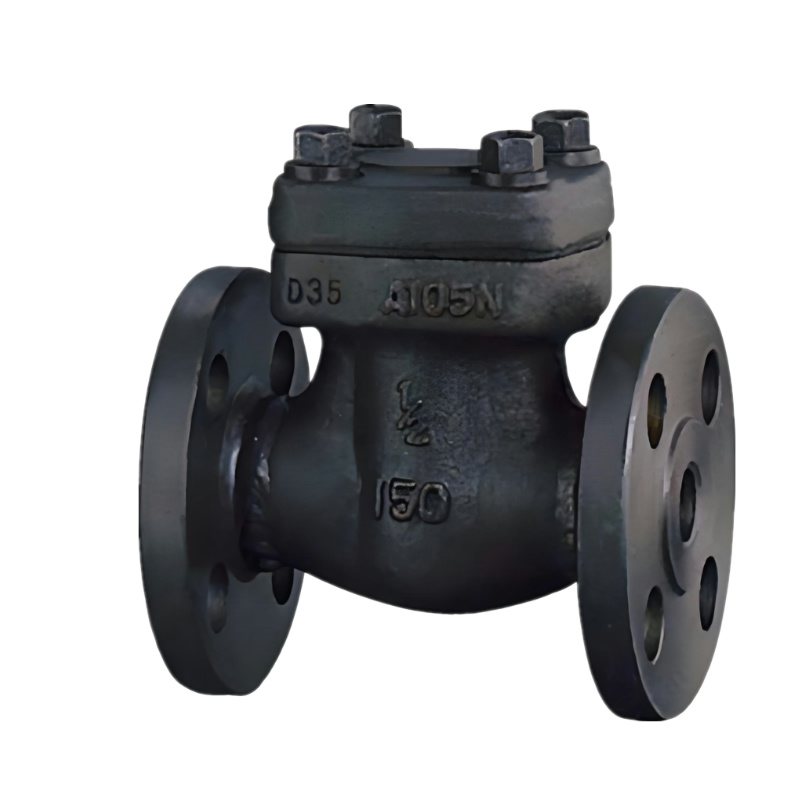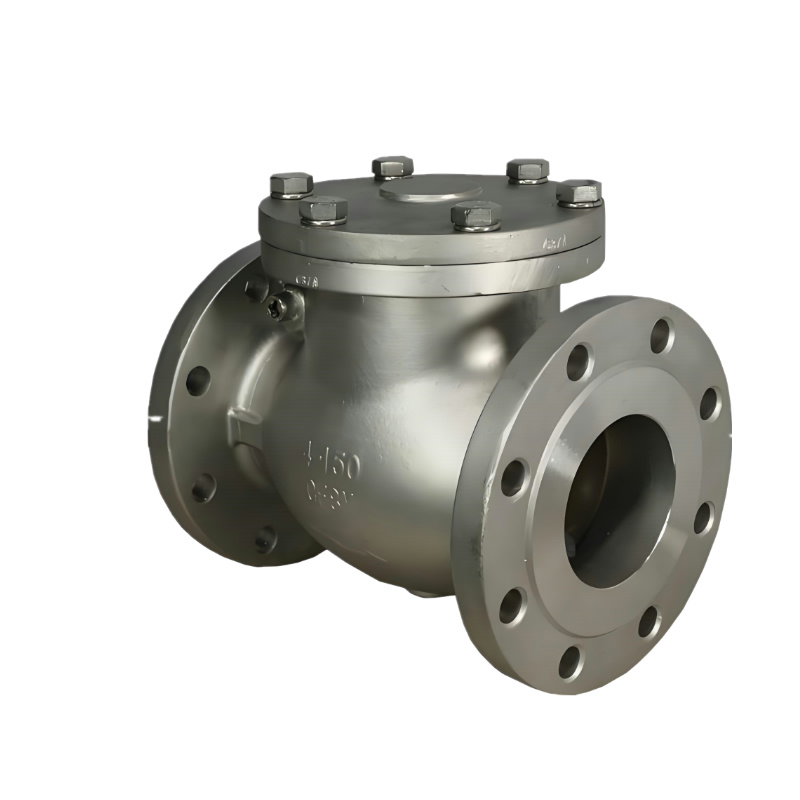Ultra-low Temperature Ball Valve
Introduction
This article contains all the information you need to know about Ultra-low Temperature Ball Valve
Specification
Actuator
Types
Application
Chapter 1 - Ultra-low Temperature Ball Valve Specification
Ultra-low temperature ball valves are designed to operate in extremely cold environments, typically below -50°C (-58°F) and even down to cryogenic temperatures approaching absolute zero. Here are some specifications commonly associated with these valves.
Material:
Body Material: Stainless steel or other low-temperature resistant alloys such as austenitic stainless steel, duplex stainless steel, or nickel alloys.
Ball Material: Similar to the body material for compatibility and low-temperature performance.
Seat Material: Specialized materials such as PTFE (polytetrafluoroethylene), PCTFE (polychlorotrifluoroethylene), or other fluoropolymer-based materials with low-temperature properties.
Pressure Rating
Pressure ratings vary depending on the size, design, and material of the valve. They typically range from ANSI Class 150 to Class 2500 or higher, accommodating a wide range of operating pressures.
Temperature Range
Ultra-low temperature ball valves are designed to operate in temperatures as low as -196°C (-321°F) or even lower, depending on the specific application requirements.
End Connections
Ultra-low temperature ball valves come with various end connections to suit different piping configurations and installation requirements in cryogenic applications. The choice of end connection depends on factors such as the piping system design, operating conditions, and ease of installation. Here are some common end connection options for ultra-low temperature ball valves:
Flanged End Connections
Threaded End Connections
Welded End Connections
Socket Weld End Connections
Butt Weld End Connections
Chapter 2 - Ultra-low Temperature Ball Valve Actuator
Ultra-low temperature ball valves can be manually operated or equipped with pneumatic or electric actuators for remote operation. Actuators may be designed specifically for low-temperature applications to ensure reliable performance in cold environments.

Pneumatic Actuators with Cryogenic Seals:
Pneumatic actuators are commonly used in industrial applications due to their reliability and quick response. For ultra-low temperature ball valves, pneumatic actuators with cryogenic seals are available. These seals are designed to withstand extremely cold temperatures without compromising their sealing performance.
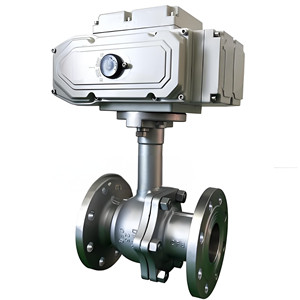
Electric Actuators with Cryogenic Ratings:
Electric actuators offer precise control and can be suitable for ultra-low temperature applications if they are specifically rated for cryogenic service. These actuators are engineered to operate in extremely cold environments and may feature insulated housings, low-temperature lubricants, and other design considerations to ensure reliable performance.
Hydraulic Actuators with Low-Temperature Fluids:
Hydraulic actuators provide high force output and can be suitable for ultra-low temperature ball valves when equipped with low-temperature hydraulic fluids. These fluids are designed to maintain their viscosity and performance in cryogenic conditions, ensuring smooth operation of the actuator even at extremely low temperatures.
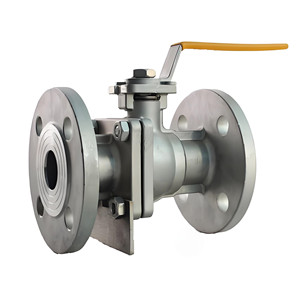
Manual Actuators with Insulation:
In some cases, manual actuators may be used for ultra-low temperature ball valves. These actuators typically feature insulated handles or grips to protect operators' hands from the cold. However, manual operation may not be ideal for all applications, especially those requiring precise control or remote operation.
Chapter 3 - Ultra-low Temperature Ball Valve Types
Ultra-low temperature ball valves are designed to withstand extremely cold environments, typically below -50°C (-58°F), and are commonly used in industries such as cryogenics, aerospace, and research laboratories. Several types of ultra-low temperature ball valves are available to meet various application requirements. Here are some common types:
Top-Entry Ball Valves:
Top-entry ball valves feature a top-entry design where the valve body can be disassembled from the top, allowing for easy maintenance and repair without removing the valve from the pipeline. This design is beneficial in cryogenic applications where frequent maintenance may be required.
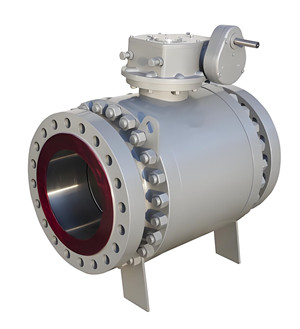
Trunnion-Mounted Ball Valves:
Trunnion-mounted ball valves are designed with a fixed ball supported by trunnion bearings, providing increased stability and reliability, especially in high-pressure and high-temperature applications. They can also be adapted for ultra-low temperature service with appropriate materials and design considerations.
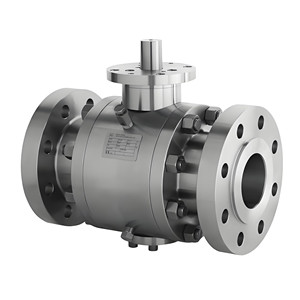
Full-Bore (Full-Port) Ball Valves:
Full-bore ball valves have a larger ball opening, offering minimal flow restriction and improved flow characteristics compared to reduced-bore valves. They are suitable for applications where maximum flow capacity is required, including cryogenic applications with high flow rates.
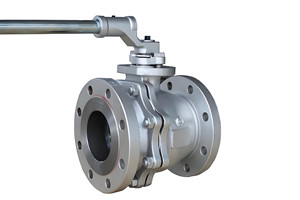
Floating Ball Valves:
Floating ball valves feature a ball that floats between two seats, allowing the ball to move freely within the valve body. These valves are suitable for moderate-pressure applications and can be adapted for ultra-low temperature service with appropriate materials and design considerations.
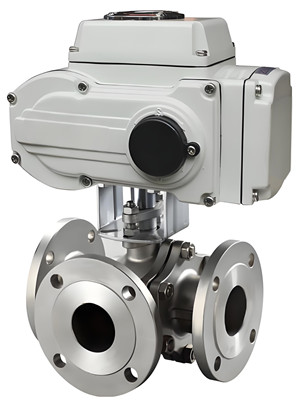
Three-Way and Multiport Ball Valves:
Three-way and multiport ball valves have multiple ports and flow paths, allowing for diversion or mixing of flow within a single valve body. These valves are used in applications where multiple process streams need to be controlled or redirected, including cryogenic processes.
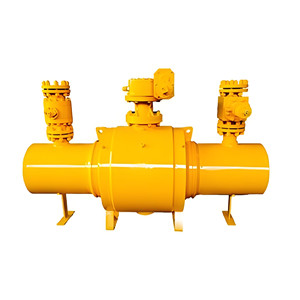
Fully Welded Ball Valves:
Fully welded ball valves have welded construction, eliminating potential leak paths and enhancing structural integrity. They are commonly used in pipelines carrying cryogenic fluids to prevent fugitive emissions and ensure safe operation at ultra-low temperatures.
These are just a few examples of the types of ultra-low temperature ball valves available in the market. Each type may have specific features and advantages tailored to different applications and operating conditions. When selecting a valve for ultra-low temperature service, it's essential to consider factors such as temperature range, pressure rating, material compatibility, flow characteristics, and maintenance requirements to ensure optimal performance and reliability in cryogenic environments.
Chapter 4 - Ultra-low Temperature Ball Valve application
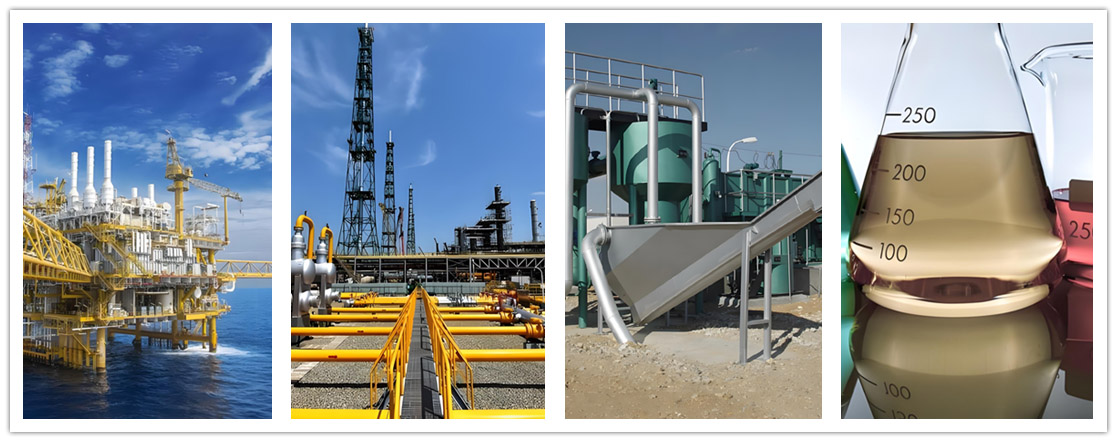
Ultra-low temperature ball valves find application in various industries and processes where extreme cold conditions are encountered. Here are some common applications:
Cryogenic Storage and Transportation:
Ultra-low temperature ball valves are used in the storage and transportation of cryogenic fluids such as liquid nitrogen, liquid oxygen, liquid hydrogen, and liquefied natural gas (LNG). They help regulate the flow of cryogenic fluids in storage tanks, tankers, pipelines, and processing facilities.
LNG Terminals and Facilities:
LNG terminals and facilities require valves capable of withstanding the extremely low temperatures associated with liquefied natural gas. Ultra-low temperature ball valves are employed in LNG liquefaction plants, regasification terminals, storage tanks, and loading/unloading terminals to control the flow of LNG throughout the process.
Industrial Gases:
These valves are used in the production, storage, and distribution of industrial gases such as nitrogen, argon, helium, and oxygen. Ultra-low temperature ball valves help manage the flow of cryogenic gases in air separation plants, gas storage facilities, and specialty gas applications.
Aerospace and Defense:
Ultra-low temperature ball valves are utilized in aerospace and defense applications where cryogenic fluids are used, such as rocket propulsion systems, satellite propulsion, and cryogenic fueling stations. These valves help regulate the flow of liquid propellants and ensure reliable operation in space exploration missions.
Research Laboratories and Scientific Facilities:
Laboratories and research facilities involved in cryogenics, superconductivity, and low-temperature physics rely on ultra-low temperature ball valves for handling cryogenic fluids and maintaining precise temperature control. These valves are used in experiments, test rigs, and equipment requiring ultra-low temperature conditions.
Medical and Healthcare:
Ultra-low temperature ball valves play a role in medical and healthcare applications, particularly in cryosurgery, cryopreservation, and biomedical research. They are used in cryogenic storage systems for storing biological samples, tissues, and cells at ultra-low temperatures.
Food and Beverage Industry:
In the food and beverage industry, ultra-low temperature ball valves may be used in applications such as cryogenic freezing, chilling, and storage of food products. They help maintain the quality and freshness of perishable goods by ensuring precise temperature control during processing and storage.
Energy and Power Generation:
Ultra-low temperature ball valves are employed in energy and power generation facilities for handling cryogenic fluids in applications such as liquefied natural gas (LNG) regasification, cryogenic cooling systems, and superconducting power transmission.
These are just a few examples of the diverse applications of ultra-low temperature ball valves. In general, they are essential components in industries and processes where extreme cold conditions are encountered, providing reliable flow control and safety in cryogenic environments.


